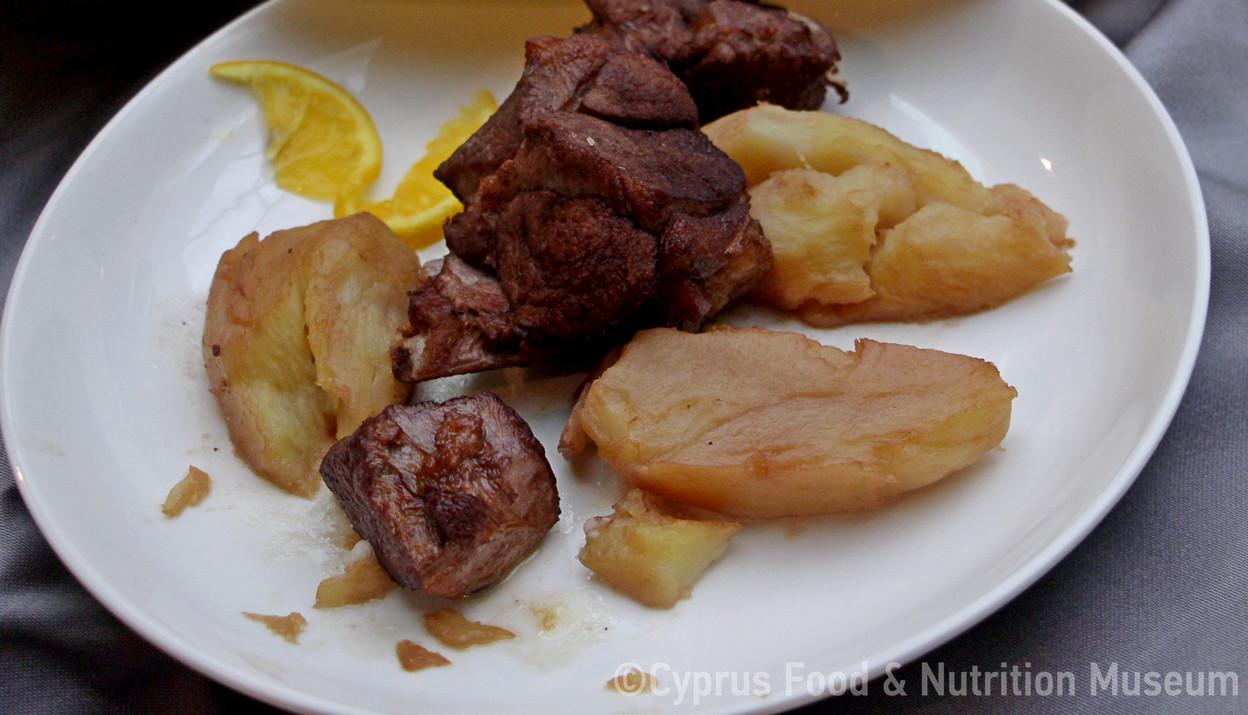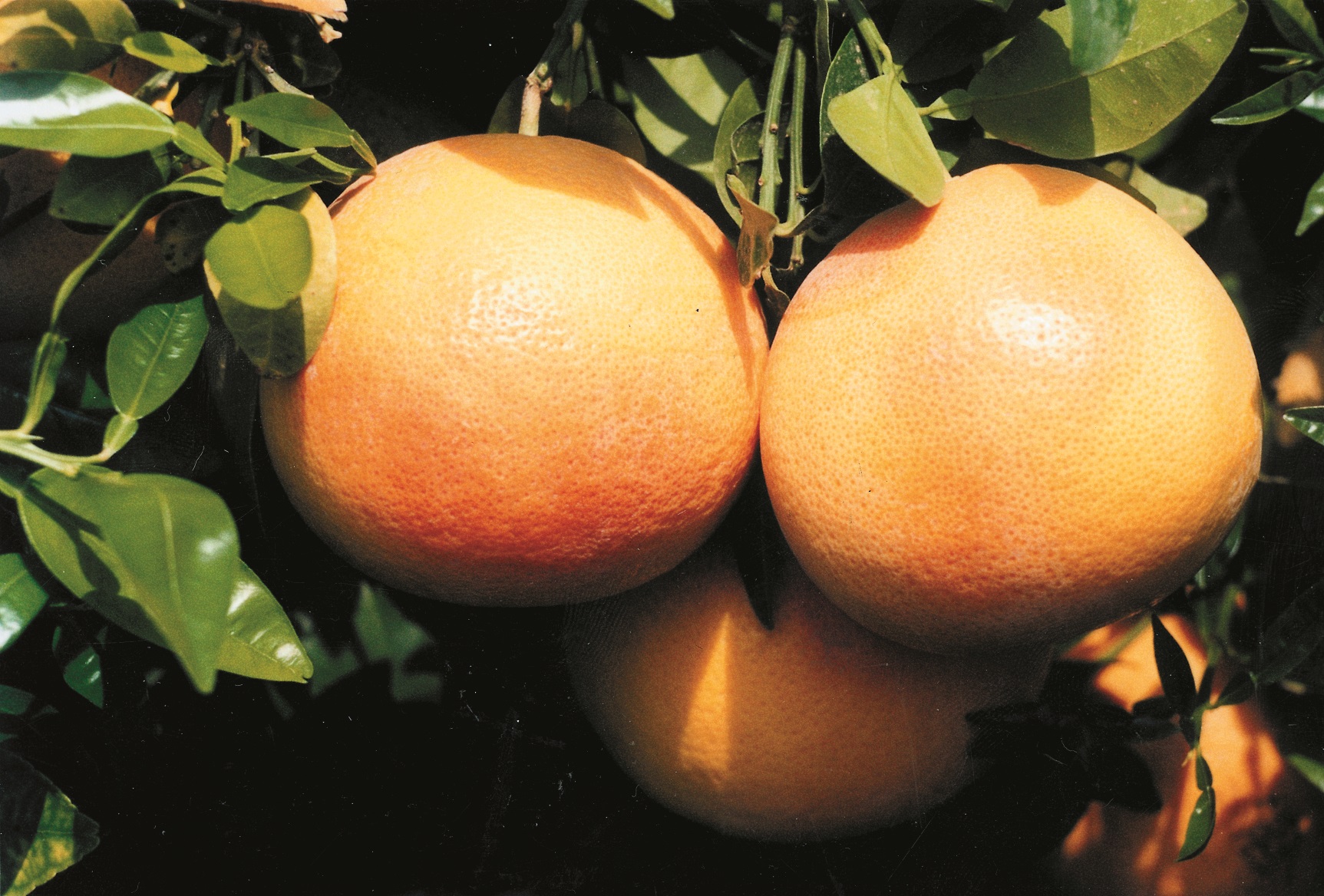Bitter orange fruit.
Name - Origin
Nεράντζι.
The fruit of the tart and sweet-fruited bitter orange tree. Also called nerántzi or kítro (Yangoullis 2009, entry κιτρόμηλον - τζ̆ιτρόμηλον - τζ̆ίτρον,το, 202)
It is a citrus fruit, the fruit of the Citrus aurantium tree (Gennadios 1914, 346).
George Loukas in his Glossary describes kitromilon as the orange-like lemon, nerantzi, midikon apple according to the ancient people (Kypri 1979 [2002²], entry κιτρόμηλον,το, 218).
In a document of 1468, published by Mas Latrie and referring to the state of a garden in Cyprus, these trees are called nerandiés. Also, in the «Ιστορία χρονολογική της νήσου Κύπρου» (Chronological History of the Island of Cyprus) by Archimandrite Kyprianos, published in 1788, the fruit is called nerantzi and is distinguished between sour and sweet. Later on, the names kitromiliá (tree) and kitrómilon (fruit) seem to have prevailed, since already at the time of the publication of Gennadios' Phytological Dictionary (1914), the author mentions that these names were commonly used in Cyprus (Gennadios 1914, 346).
Functional and symbolic role
Loukas notes that the zalatina, was better tasting by using bitter oranges rather than lemons (Kypri 1979 [2002²], entry κιτρόμηλον, το, 218).
Additional information and bibliography
"After 1950 in Bellapais the cultivation of kitromilia seedlings flourished. Dozens of acres of land in and around the village were planted with kitromilia seedlings, and hundreds of gardeners from all corners of Cyprus would come to the village to buy young seedlings for the creation of new citrus gardens. The composition of the soil was such that it was assisting the seedlings to develop a rich rhizome, which would ensured their successful transplanting' (Christodoulides 1994, 59).
According to Gennadios' Phytological Dictionary, in Cyprus, both sour and sweet kitromilon trees are cultivated (Gennadios 1914, 346).
Gennadios P. G. (1914), Λεξικόν φυτολογικόν: Περιλαμβάνον τα ονόματα, την ιθαγένειαν και τον βίον υπερδεκασχιλίων φυτών, εν οις και τα λόγω χρησιμότητος ή κόσμου καλλιεργούμενα, των οποίων περιγράφονται και η ιστορία, η καλλιέργεια, τα προϊόντα και αι νόσοι, Paraskevas Leonis Printing House, Athens.
Yangoullis K. G. (2009), Θησαυρός Κυπριακής Διαλέκτου. Ερμηνευτικό, Ετυμολογικό, Φρασεολογικό και Ονοματολογικό Λεξικό της Μεσαιωνικής και Νεότερης Κυπριακής Διαλέκτου, Βιβλιοθήκη Κυπρίων Λαϊκών Ποιητών, Theopress Publications, Nicosia.
Kypri Th. D. (ed.) (1979 [2002²]), Υλικά διά την σύνταξιν ιστορικού λεξικού της κυπριακής διαλέκτου, Μέρος Α΄, Γλωσσάριον Γεωργίου Λουκά, Publications of the Centre for Scientific Research, XLI, Nicosia.
Christodoulides Chr. (1994), Πέλλα-Πάις, Limassol.
Savvas Polyviou, Argyro Xenophontos

